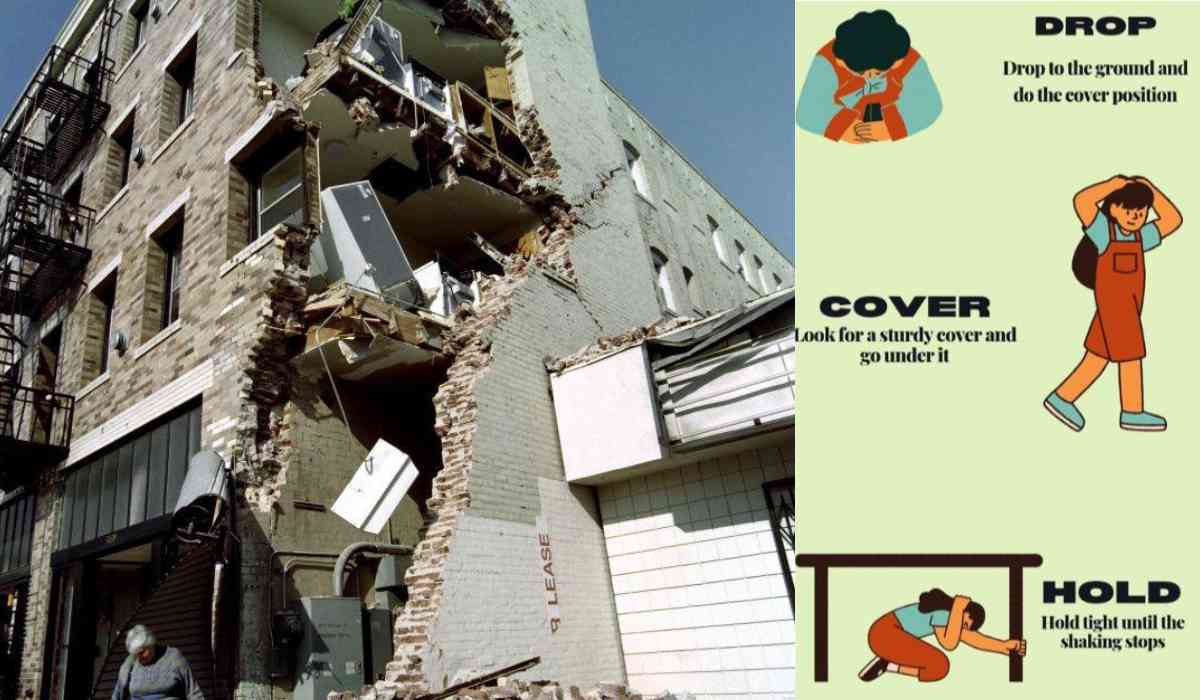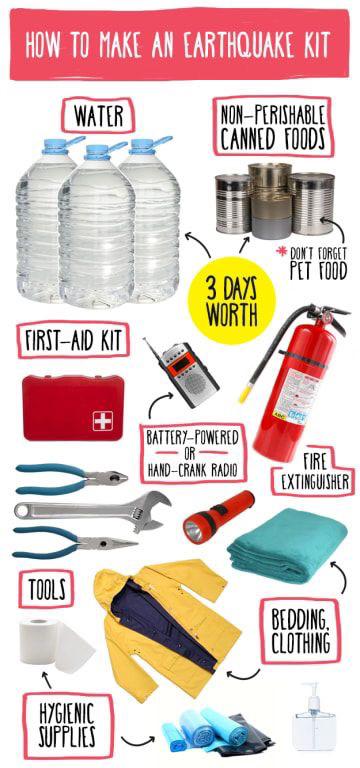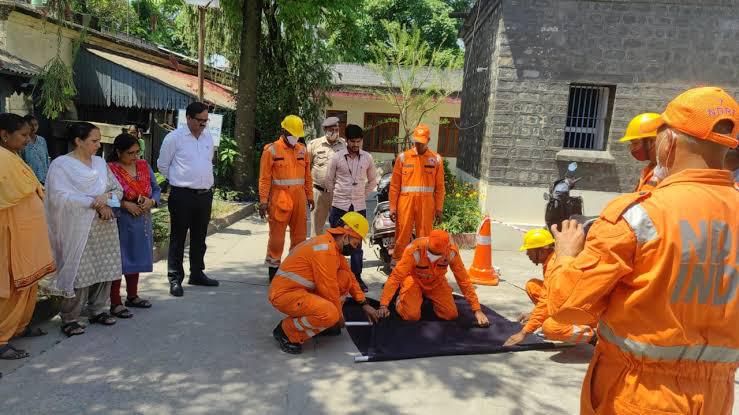Do you know? April is the Earthquake Preparedness Month!
Earthquakes are sudden and unpredictable. You’ll find yourself or your surroundings shaking as the tectonic plates move in the earth’s crust. Main earthquakes are usually followed by aftershocks. There may be utility damage, landslides, tsunamis, and fires in the aftermath. Earthquakes are measured on the Richter scale ranging from 1 to 10, with the ten being the deadliest. Recent Disastrous earthquakes in Turkey and Taiwan, indicated serious damage and serious risk to human life and property that the earth shaking causes.
Let's get you prepared for Earthquakes. Consider them and take steps now to ensure safety and minimise harm during future seismic events.
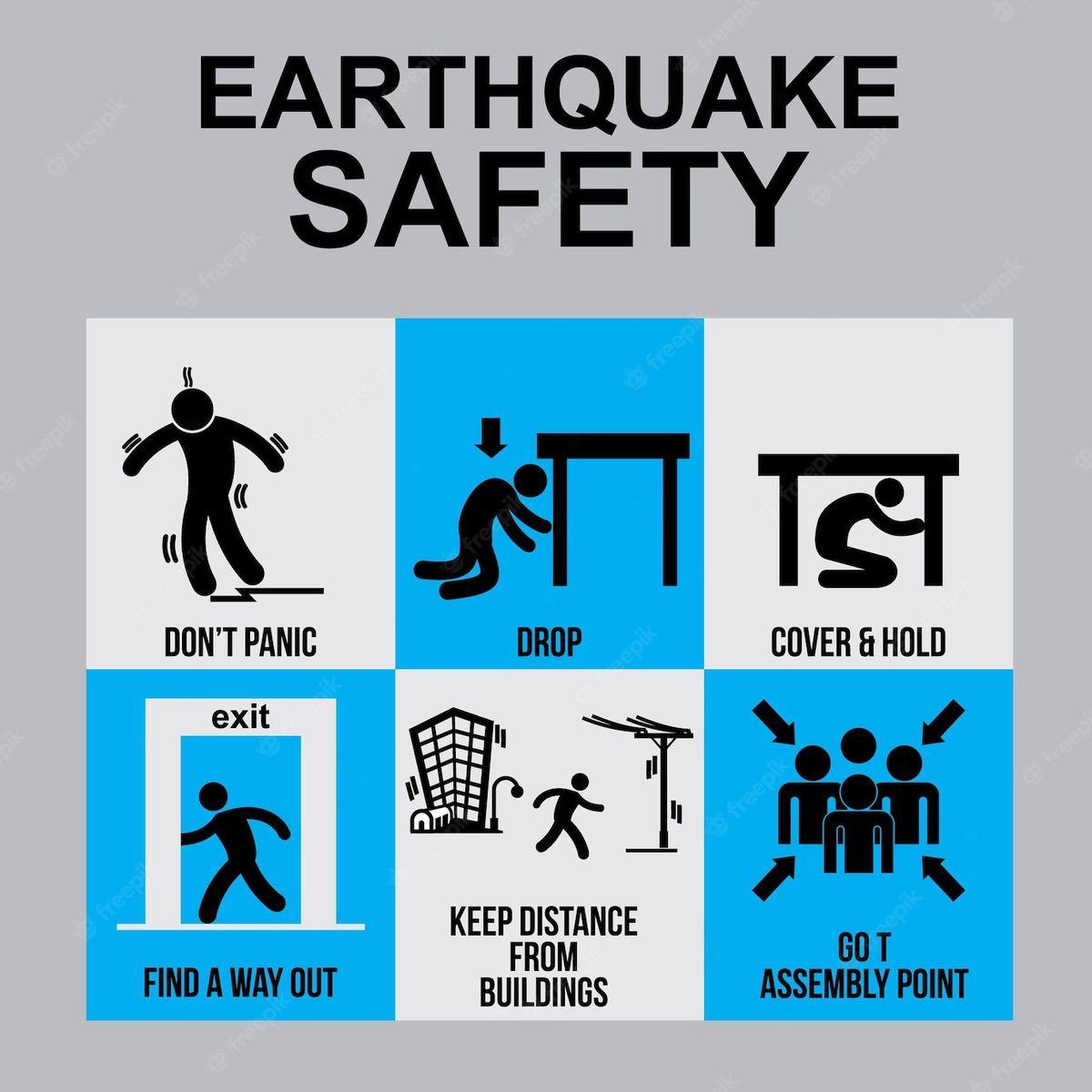
1. Update Yourself like a vigilante Man:
You have to learn about the local risks of earthquakes And examine fault lines, historical seismic activity, and local geological hazards to determine the degree of risk your community faces. Then, You can get regular alerts and updates from Reliable resources, including regional emergency management organisations, the National Earthquake Information Center, and smartphone apps.
2. Build a thorough Emergency Plan:
You have to create a comprehensive earthquake emergency plan to guarantee the safety of you and your family. The comprehensive plan includes determining safe routes out of each room in your house, and establishing a few meeting places outside and within your neighbourhood in case anyone gets lost or inaccessible. Next is to provide a communication plan for family members who might be separated during the earthquake and clear communication strategies, such as designated out-of-area contacts to check in with. Along with this, divide responsibilities, ask one to gather necessary supplies, medications, critical paperwork, and emergency supplies, and the other to turn off the utilities if needed. This evokes the feeling of togetherness and care in a community. Finally, practise all this a few times to ensure that’s how the plan will be executed during an earthquake
3. Keep your Emergency Kit ready:
A well-stocked disaster supply kit is all you need. It should have all necessities like water, non-perishable food, spare batteries for a flashlight and portable radio, a first aid kit, emergency food and water, a can opener that doesn't run on electricity, necessary medications, cash, credit cards, sturdy shoes, first aid supplies, flashlights, and personal hygiene items. Personalise it, however you like. Add or remove the things mentioned as per your convenience except some.
4. Secure Your Space:
Now it’s time to take some action. First and foremost, secure your house and get rid of any potential risks. What can you do?
- To stop heavy furniture from toppling over or shifting during an earthquake, fasten high shelves with anchors and equip cabinets with latches.
- Heavy objects should be kept away from seating areas and breakables should be kept in low, closed cabinets that have latches.
- To reduce the risk of a fire, secure overhead light fixtures and fix damaged electrical and gas connections.
- For stability, fasten water heaters with bolts to the floor and strap them to wall studs.
- Treat severe foundation or ceiling cracks right away, consulting a professional if needed.
- Hazardous chemicals should be kept safely on lower shelves and in latching cabinets.
5. Identify Safe Spaces:
Evacuation does not always work, You have to look for some secure areas in your house and place of employment where you can hide during an earthquake. The best places to seek cover are areas with sturdy furniture, interior walls, and open areas far from windows and heavy objects. You can also guide others to hide there in case of an emergency.
6. Practice Drop, Cover, and Hold On:
Drop, Catch and Hold on, They look basic but are widely accepted earthquake safety procedures to protect you from earthquakes. You have to practise this technique frequently, to efficiently apply it during an earthquake.
To prevent falling and to move in the direction of safety, get on your hands and knees. Use one arm and one hand to cover your head and neck, and if you can, take cover under a sturdy desk or table. If there's no cover, remain away from windows and near an interior wall. If there is no shelter available, use both arms and hands to protect your head and neck or hold on to your shelter with one hand. Using this method can reduce the number of people injured in an earthquake.
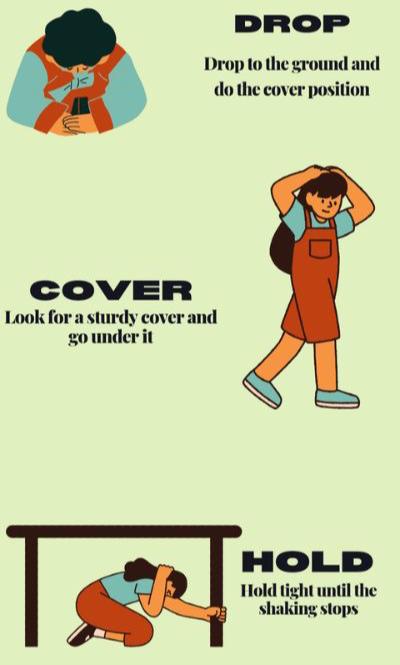
7. Educate Your Family:
Teach your family members, particularly the younger ones or the vulnerable ones, about earthquake safety precautions and the value of remaining calm and composed, organised in an emergency. To build confidence and reinforce learning, run drills and simulations. Through This, you can analyse how prepared you are for an earthquake.
8 Get An Earthquake Insurance:
Start looking and comparing the earthquake insurance in your country, if you want to safeguard your house and possessions from possible losses and damage brought on by seismic events. To make sure you have enough financial protection, review the coverage limitations and policy options.
9. Collaborate with the Community:
Earthquakes cause harm to all humans. Prioritising yourself during an emergency is correct to some extent but ensuring the well-being of each other can save so many lives. So, work together to create networks of mutual aid and collective resilience initiatives with your neighbours, local authorities, and community organisations. Take part in awareness campaigns, drills, and workshops related to community preparedness.
All things considered. Earthquakes are natural disasters, no one can stop them. But we have to make sure that we are fully prepared for any natural disaster as our little efforts can save our lives and many others. During an earthquake, Keep your calm, follow all the things you did in the mock drills and care for others. With these points, you are now prepared for an earthquake. Be safe!
©️ Copyright 2024. All Rights Reserved Powered by Vygr Media.

